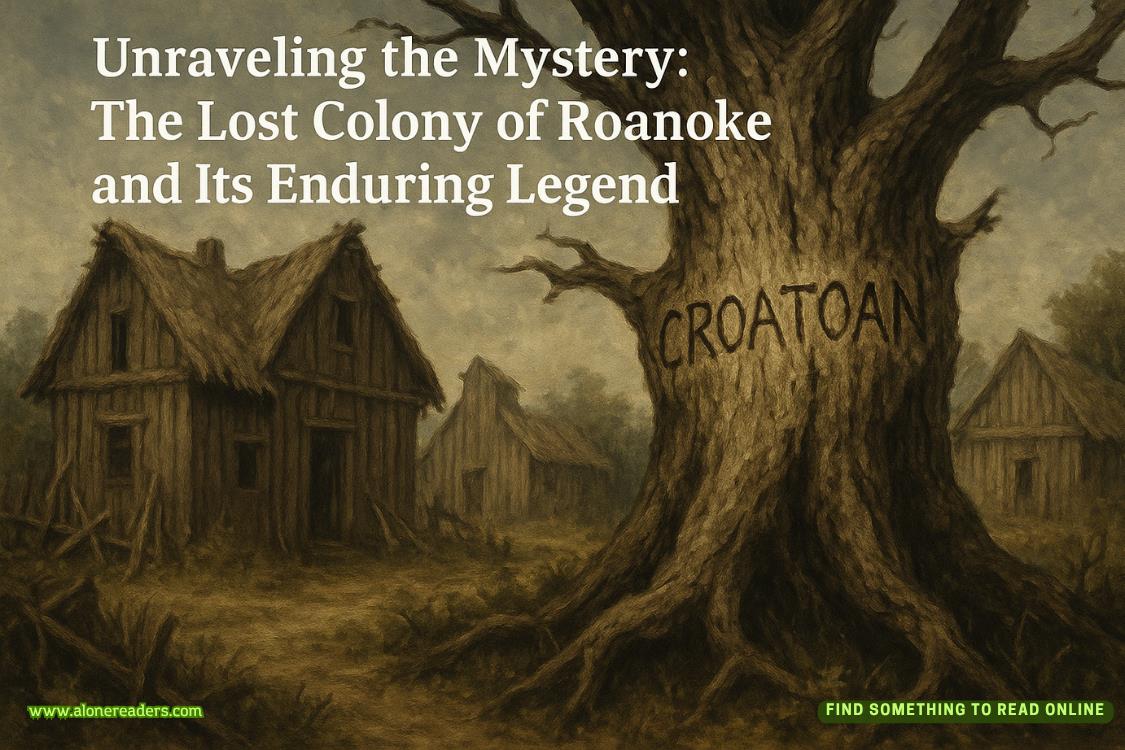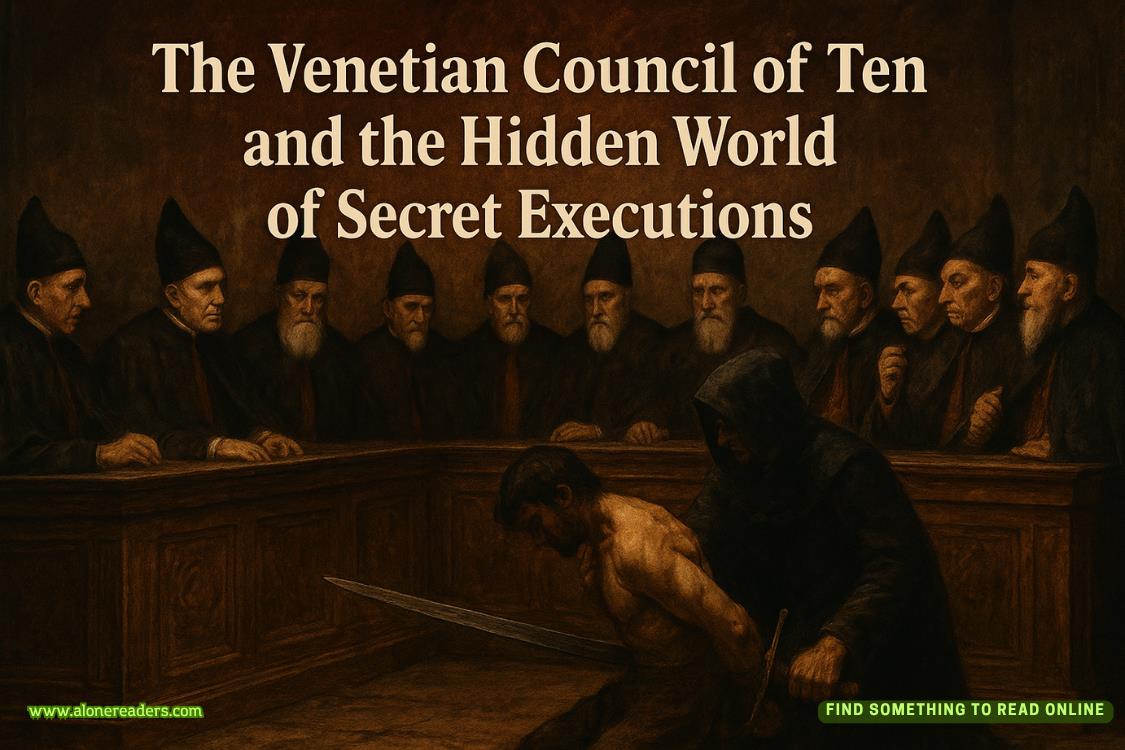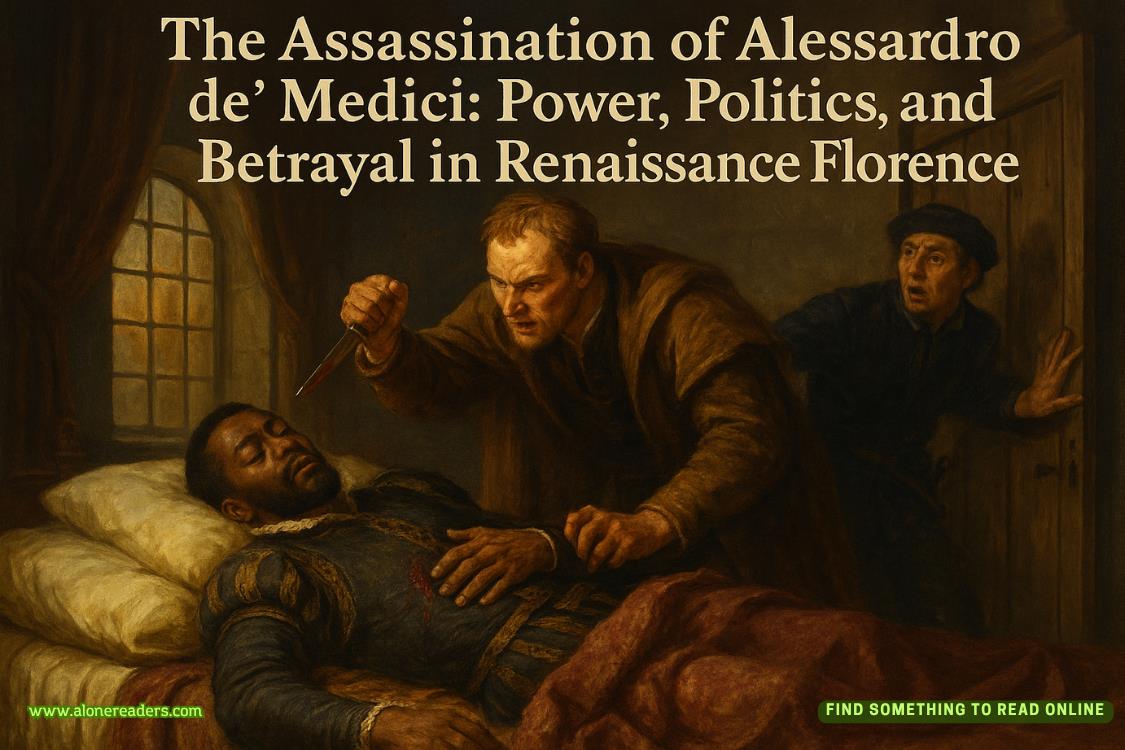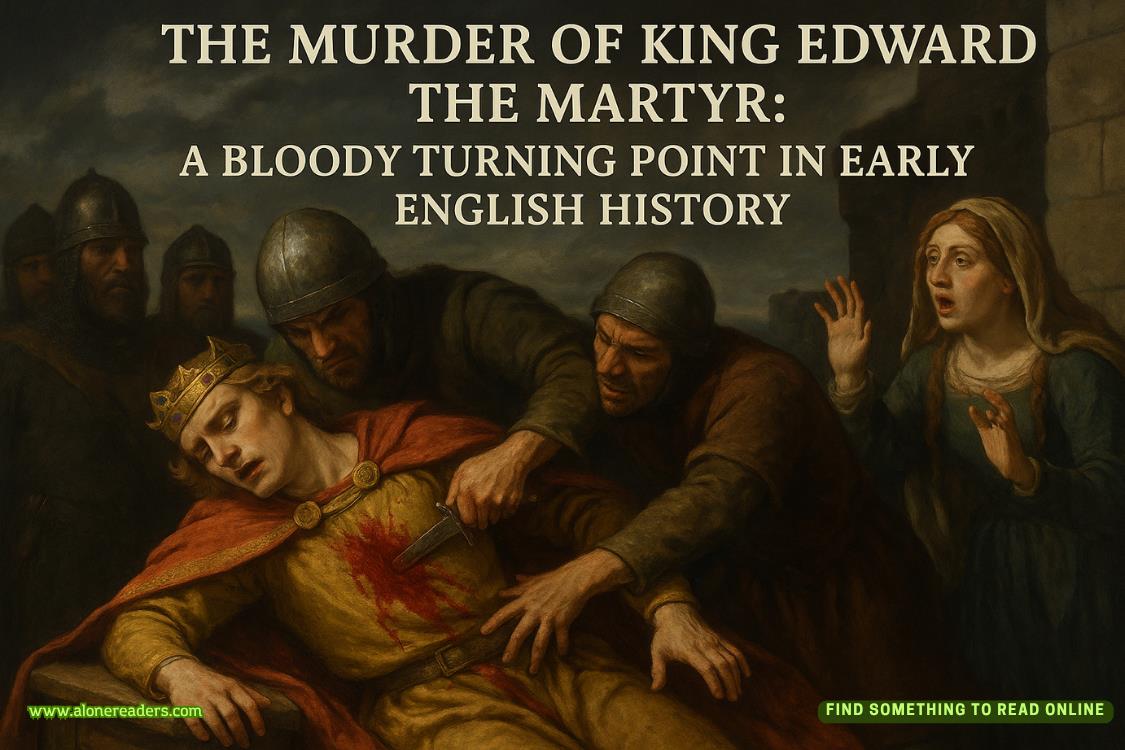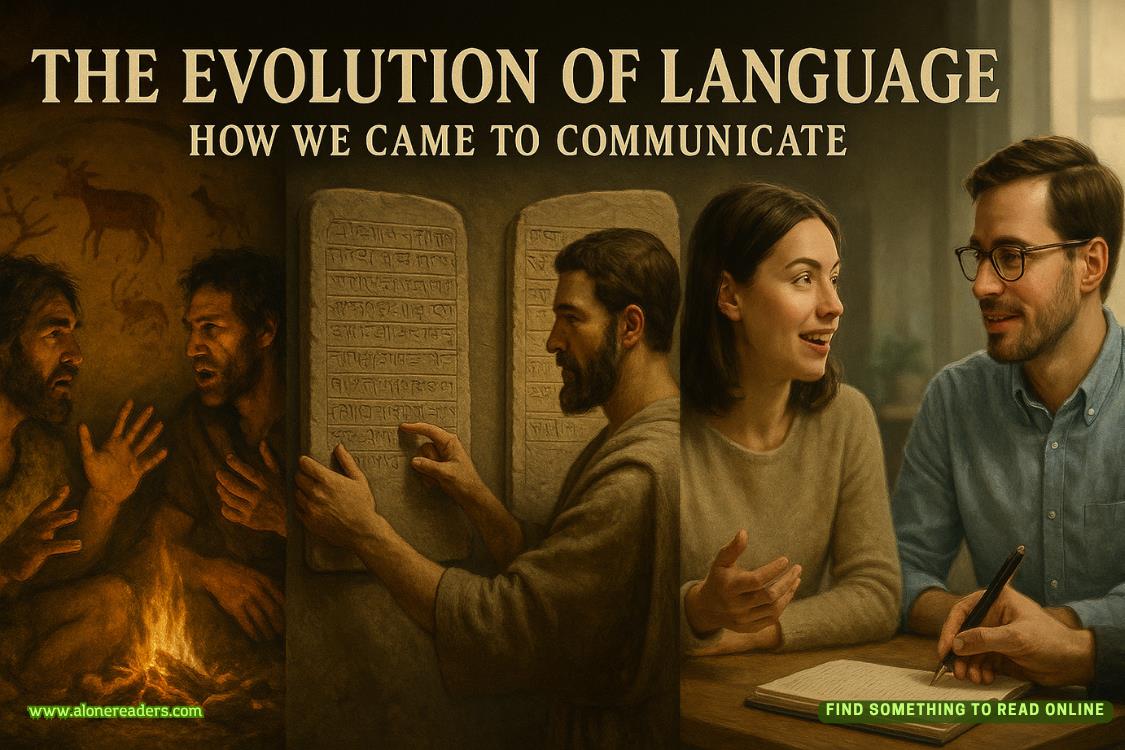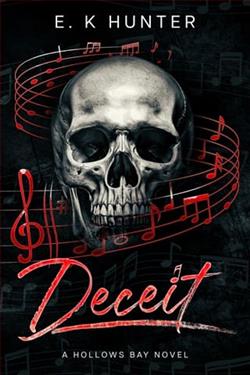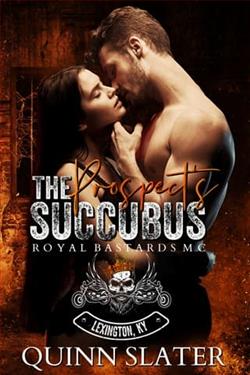Page 91 of Almost Dead (The Cahills 2)
“Yeah. And the Sausalito PD didn’t find any on the premises. The cleaning people were there the day before, so it’s not likely it was from another visitor.”
“So what’re you saying?” she asked. “That the real hairs, or the fake ones, were a plant?”
“That’s the problem. I don’t know what I’m saying,” Paterno admitted, easing his big car around a delivery van double-parked in the street. A new model Jag heading in the opposite direction had to wait for Paterno, and the driver, a white male in his twenties, honked at the Cadillac. As soon as the Caddy’s tail was out of his way, he peeled rubber to show off his manliness and impatience.
“Prick,” Paterno said, unruffled as he drove toward the Golden Gate Bridge. He was headed back to Sausalito to check out the Favier crime scene again. He’d heard the reports, seen the pictures, and had let the other cops and feds do their collective things, but he wanted to eyeball everything himself, get his own “feel” of what went down.
The sky was clear, the winter sun bright, spangling the water and beating through the windshield with enough power to heat the interior of the car. At another time Paterno would have relished the day, gone down to the docks, maybe done a little fishing. Today he was knotted up, the case getting to him. Again, the connection was obviously Marla Cahill, but there was something more going on as well, and it centered on Marla?
?s accomplice, a ghost with evil intent.
On the off chance that Cherise’s murder wasn’t related to the other deaths, he’d checked out her ex-husbands, kids, and extended family and friends. No red flags had shot up. Heather Van Arsdale, the reverend’s mistress, had the alibi of being with the preacher and also the other attendees at the meeting in Sacramento. There was no indication that she’d put a hit out on her lover’s wife. It was a long shot in the best of circumstances.
Paterno had studied maps of the area and pegged the spots with pushpins where the victims had been found, trying to find a pattern, something on the map that would tell him where the killer lived. So far it had all been a waste of time, an exercise in futility. In his gut he knew that Marla Cahill was behind the murders. Where they had died was no indication of where she was holed up. What it told him mainly was that she was systematically, one by one, wiping out the members of her family. She seemed to have plotted her prison break to seek some kind of revenge. Make some kind of statement.
Meanwhile, the police had procured a copy of the phone records to both the Favier home and Cherise’s cell. Most of the people who had called the cell were friends, members of the church, all of whom had ironclad alibis. There was one anomaly. The last person to phone Cherise was Cissy Cahill Holt. She’d called from her cell phone—the phone that had been “missing”—and talked a few minutes. According to the cell phone company, the call had originated near a cell phone tower close to Cissy’s home…. Had Cissy lied about the stolen phone and placed the call herself? Or had someone phoned Cherise from near Cissy’s house, hoping to misdirect the investigation and lay blame at Cissy’s feet?
What were the chances of that?
Cissy’s phone records also indicated that she’d called her husband right before phoning Cherise but had hung up quickly. There had been no other outgoing calls that night, and the incoming were always short, less than twenty seconds, probably messages. A lot of people would have been calling to express condolences or sympathy, and one call was from the Holt house itself, possibly Cissy calling to try and locate her cell.
Paterno flipped down his visor against the unlikely glare. His instinct was to trust Cissy, especially since Marla’s image had shown up on the security camera at the medical school near the Cahill home after Cissy had reported seeing her at Eugenia’s. The police had been circulating that tape along with the artist’s sketches to the press. Local television stations and the newspapers had eagerly aired the tape from the hospital and discussed it at length. Newspapers had released the sketches of Mary Smith and a still of “Marla” taken from film footage.
Calls to the police station from people who thought they’d seen Marla had flooded in. So far none of the “Marla sightings” had panned out.
And they’d come up empty handed with the vehicle as well. The owner of the silver Taurus caught on the hospital security camera had apparently been nowhere near the hospital, nor had his car been stolen. Hector Alvarez had been home with his wife, the car parked in their driveway at the time the ticket at the medical school was issued. Two neighbors vouched that it hadn’t moved. And his back license plate didn’t match with his front. Someone had switched them.
And that someone was probably the driver of the car—who was Marla Cahill or someone who resembled her. The plates and Alvarez’s car had been searched and printed by the crime unit.
So far, nothing.
But they were getting closer. Paterno’s fingers tightened over the wheel. He only hoped they would nab Marla before another one of her relatives went to meet his or her maker.
A surveillance team was in place at Cissy Cahill’s house as well. Whoever was killing off Cahill relatives would surely have her on the hit list.
Unless it turned out she was the murderess.
Either way, she would be followed.
He changed lanes at the far end of the long suspension bridge. “You find anything interesting in the old woman’s diaries?”
“A few things,” Quinn said. “I’m still trying to sort them out.” She sat lower in the Caddy’s big bucket seat, her eyes trained out the passenger window. “It turns out the Cahill family has more than a few skeletons in its closets.”
“Tell me something I don’t know.”
“You want to hear this?”
“Give me the condensed version.”
“Hell with that. You’re getting it chapter and verse.” She ignored his groan and said, “Here’s some ancient history: first of all, Eugenia was engaged before she met Samuel Cahill, but she deep-sixed the first fiancé in favor of the man she married. No big news bulletin, and the guy’s long dead, so I doubt he held any grudges. He married a few years later; he and his wife had three daughters. His wife is dead too, and the daughters are all married with kids. Their lives don’t touch anything remotely close to Eugenia Cahill, so I think that’s a dead end.”
Paterno stopped at a red light, waiting as a woman with a cane and bag of groceries made her way across the street. It was easier to let Quinn ramble than express the frustration he felt.
“Then there’s Alex, son number one. He had a few affairs during his marriage to Marla.”
“Not a one-way street,” Paterno observed as the light changed and he headed through the now-familiar streets of Sausalito.
“Fidelity didn’t seem to be a part of their marriage. The interesting thing is how Marla first came into contact with the Cahill family: She spent some time at Cahill House—the home for unwed mothers—not as a volunteer, but as a resident.”
